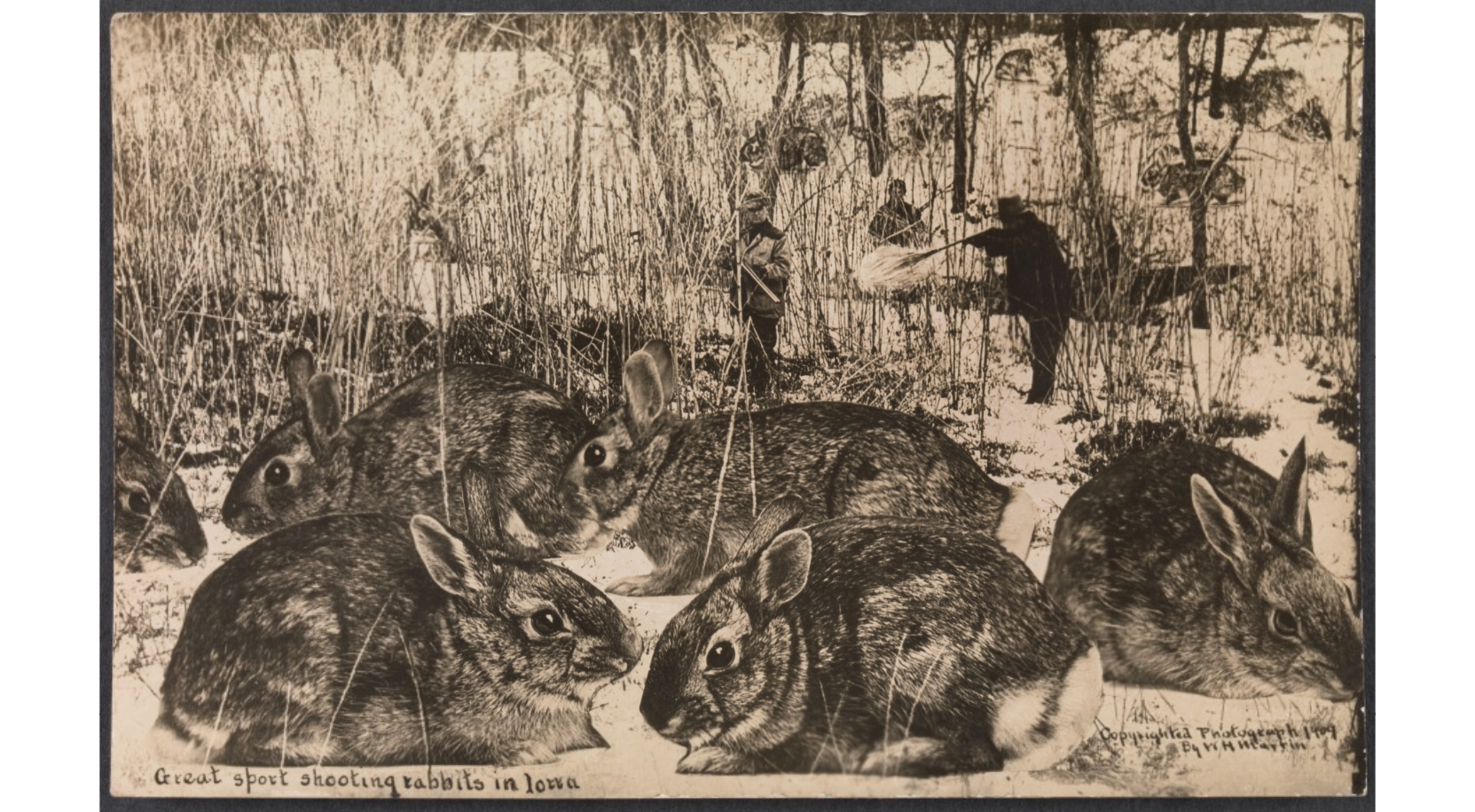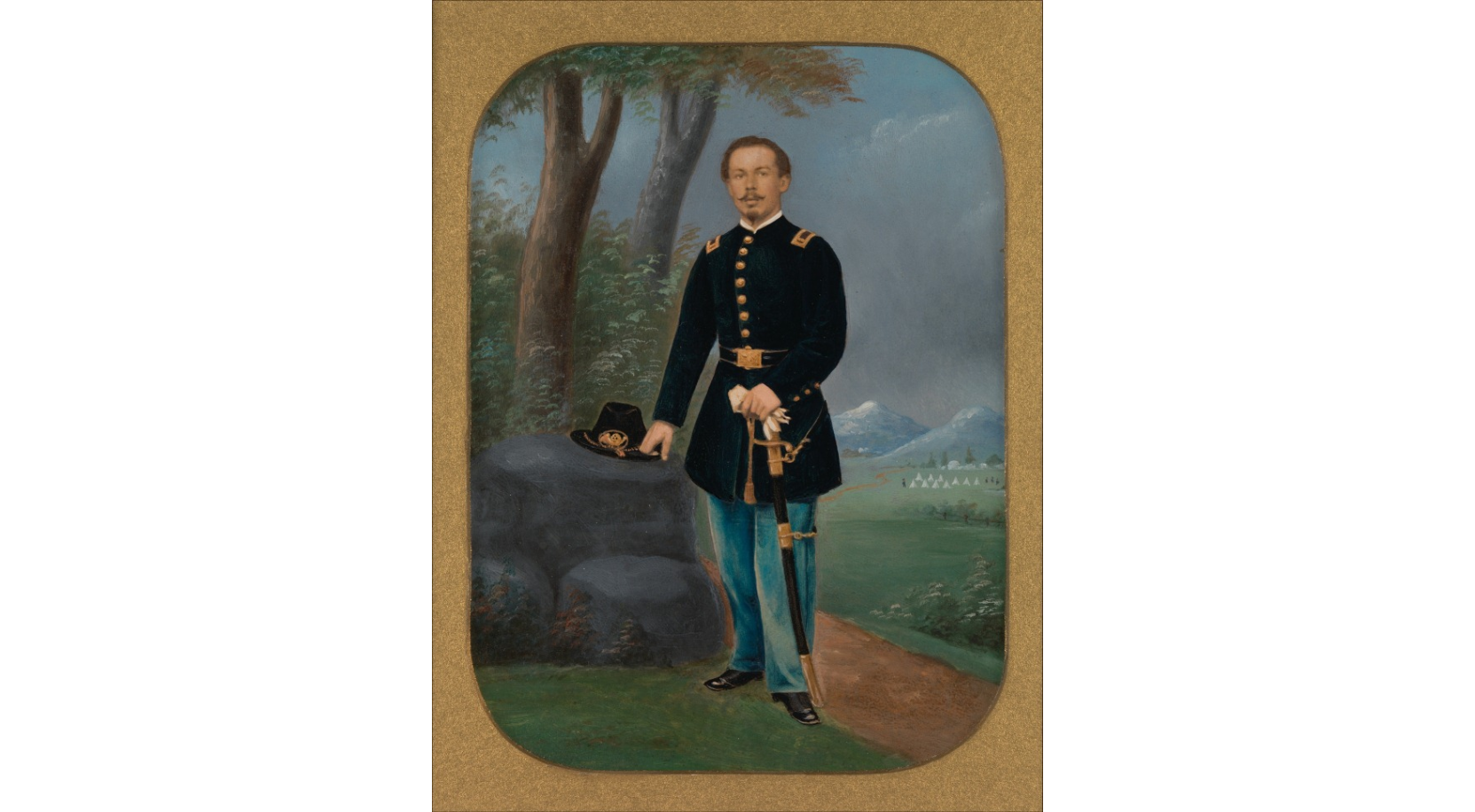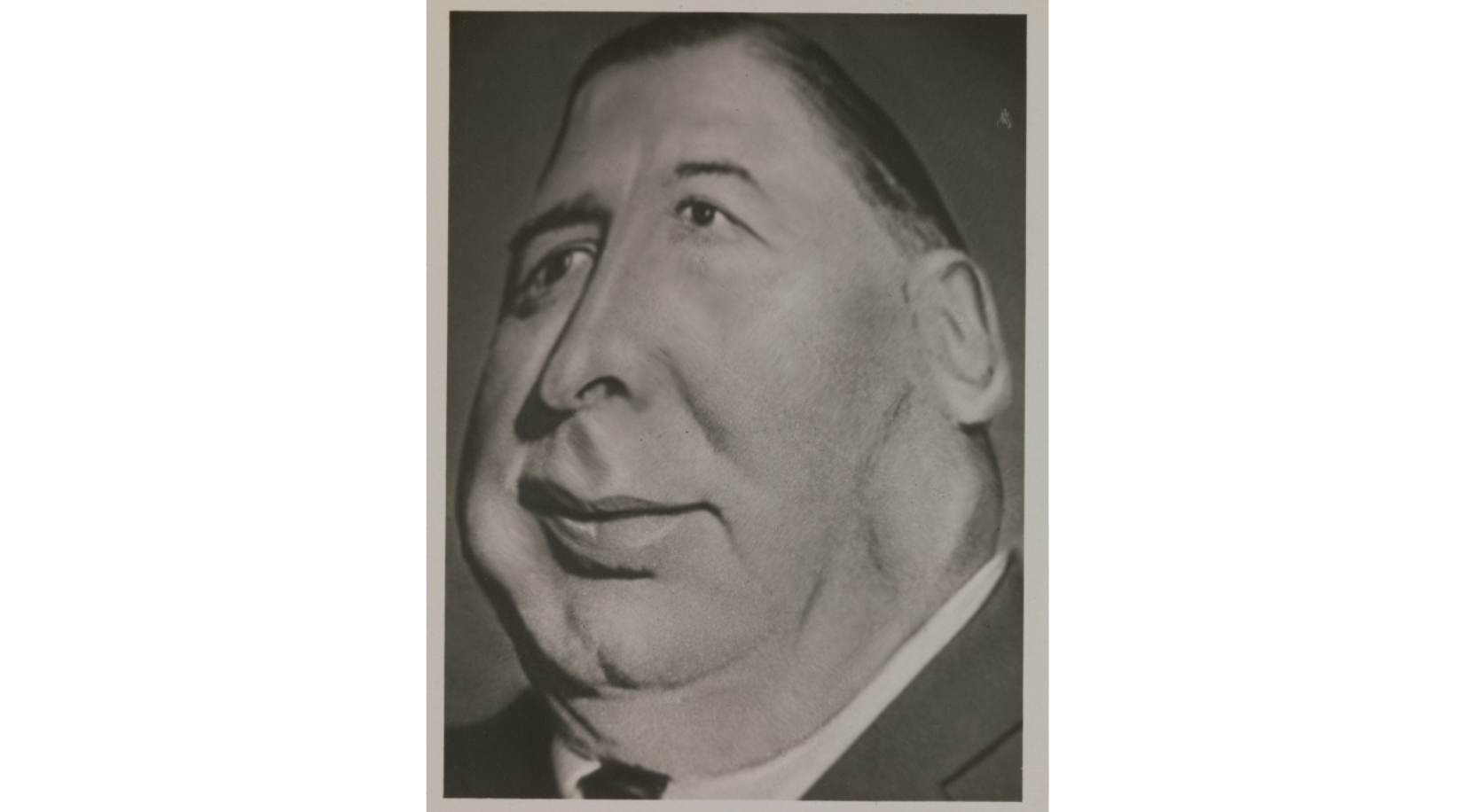Lesson 9: Visuals and Ethics
The assumption a lot of people make is, well, pictures don’t lie — you can believe what you see, but of course pictures can lie, and they do lie, and they’ve been manipulated for a long time. - Santiago Lyon
Any media that employ digitally doctored photographs will have a stronger effect than merely influencing our opinion -- by tampering with our malleable memory, they may ultimately change the way we recall history. – Dario Sacchi
In this lesson you will learn about the ethical use of images. The main two issues that you will learn about are copyright issues and issues surrounding image manipulation.
Ethical issues surrounding visuals are not new
It may appear that copyright and image manipulation issues are problems that have surfaced with the advent of digital images, Photoshop, and the internet. However, these issues are not new. In fact, the doctoring of images is almost as old as photography itself. According to the Metropolitan Museum of Art (2012), techniques that we currently associate with Photoshop were already used in the mid-19th century. For example, wrinkles were smoothed away, waistlines were slimmed, people were added to the scene, and events that never took place were fabricated. In 2012 and 2013, the Metropolitan Museum of Art held an exhibition entitled Faking it. This exhibition showed manipulated photographs that were created before Photoshop was invented. Please see some of the manipulated images below. If you would like to see more works in the exhibition, please follow this link.
William H. Martin
Date: 1909
for a Fancy Dress Ball
Owen Angel
Date: ca. 1880
Unknown
Date: 1861–65
William H. Martin
Date: 1909
Thompson, Mayor of Chicago
Herbert George Ponting
Date: 1927
William Robert Bowles
Date: ca. 1900





